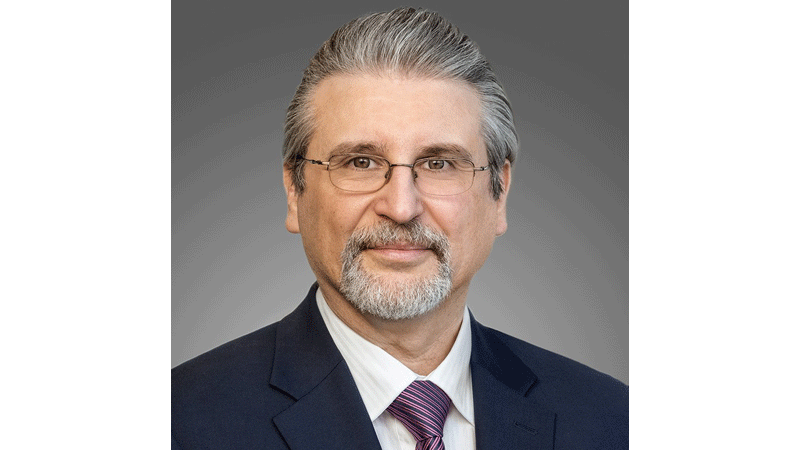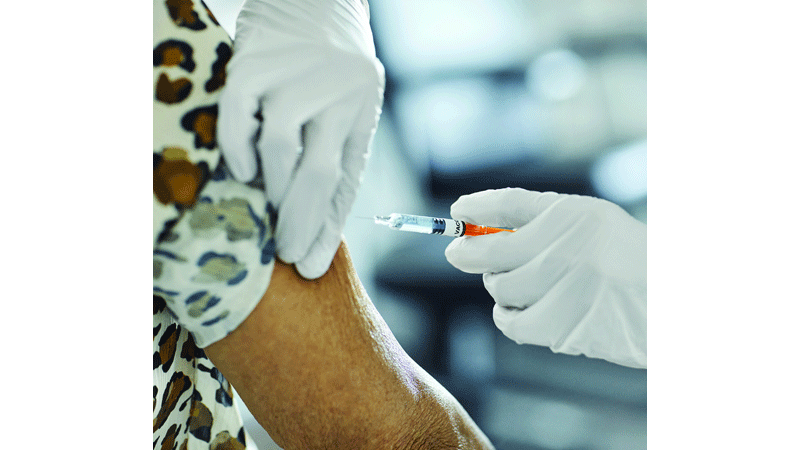Governor says schools ‘need to be open’
Published 5:40 pm Thursday, January 14, 2021
|
Getting your Trinity Audio player ready...
|
RICHMOND
The state Department of Education released new COVID-19 guidelines for PreK-12 schools, changing the emphasis to focus on how to get schools open, rather than saying that schools should stay closed.
“We’re going to approach it from the starting point of, schools need to be open, and here are the ways to do that safely,” Gov. Ralph Northam said at his Jan. 14 news conference.
Northam said the department would release that guidance after the news conference.
“If you look at the data,” Northam said, “the schools are very safe. It’s the communities that we worry about. And so when the numbers are high in our communities, it makes us reluctant to move forward.”
While COVID-19 cases are surging across the state and in the United States, he and state superintendent of education Dr. James Lane stressed that schools have been doing a good job mitigating COVID-19 and said that there have been few cases or outbreaks in schools.
Lane and Northam also noted that while vaccinations are an important part of the state’s strategy to get public schools open again, it doesn’t mean schools can’t reopen to in-person instruction if staff members are not vaccinated.
Some teachers in Northern Virginia and in Chesapeake have been vaccinated, but most have not, and most PreK-12 school divisions in the state are still in virtual learning.
The Virginia Education Association on Jan. 8 had called for public schools to remain all virtual until all school staff members have been vaccinated. And its president, Dr. James Fedderman, reiterated that point during the governor’s news conference.
“If you are anywhere indoors and you’re not wearing a mask, you’re not helping us to reopen our schools to in-person learning. We must all do our part,” Fedderman said, noting that he is a COVID-19 survivor.
The VEA president also stressed that the health and safety of school staff, students and their families must be a top priority.
“Simply put, school buildings are not the place to be while this virus surges and health professionals struggle to save lives,” Fedderman said.
Virginia PTA president Donna Columbo, also speaking at the Jan. 14 news conference, said what it wants is what everyone wants – “a return to schools when our teachers are safe, and when our families feel safe.”
Lane said the intent of the guidance to plan for the reopening of schools is to prepare for the coming weeks. He said school divisions should take into consideration community spread, but also look at its ability to put in COVID-19 mitigation measures.
He said there will be a matrix to guide school divisions in their decisions on reopening schools.
State health commissioner Dr. Norman Oliver released his interim guidance for reopening PreK-12 schools.
In it, he said the state department of health recommends that schools start by using the Centers for Disease Control and Prevention indicators for dynamic school decision-making framework to assess the risk of COVID-19 in schools — mitigation assessment, 14-day case incidence and/or test positivity rates – to help inform school operation decisions and to put in needed mitigation measures.
Oliver’s guidance states that school divisions should determine whether they can put into place and follow five key mitigation strategies – wearing masks, 6-feet physical distancing, washing hands, cleaning and disinfecting schools and contact tracing.
The guidance states secondary indicators can be used to support reopening decisions — percent change in new cases per 100,000 people, percent of occupied hospital beds, percent of COVID-19 hospital patients and number of outbreaks.
It says the framework is best used with the interim guidance for K-12 school reopening (More on Oliver’s interim guidance: https://www.vdh.virginia.gov/content/uploads/sites/182/2021/01/Interim-Guidance-to-K-12-School-Reopening.pdf).
It says plans should support in-person learning to consider both students and staff, along with students’ learning and health needs. School divisions should also prioritize younger learners, students with disabilities and English learnings.
Educational opportunities should also be prioritized over extracurricular activities or other events in the school or surrounding community. There should also be a focus on prevention of COVID-19 while considering community needs — inclusive of disease data and understanding of socioeconomic factors, literacy barriers and other educational needs in the community – while calling for flexibility and innovation.
Northam, as he did at his last press briefing, said state school divisions will need to look at other options to address learning gaps due to the pandemic forcing many school divisions into virtual learning.
“I know that parents and teachers are concerned about the long-term effects of virtual learning on children,” Northam said. “You’re worried that they’re not doing as well in the classes and they miss their friends and they miss their routines. In the long-term, we need to look at adjusting our school calendar and the probability of schools operating year-round to make up for some of this time.
“But in the short-term, all of our school divisions need to be making plans or how to reopen schools. It’s not going to happen next week, but I want our schools to come from this starting point – how do we get schools open safely. Schools are places where we can do all of the mitigation measures easily – social distancing, mask-wearing and cleaning. And while getting everyone vaccinated is not necessary to reopen schools, it will make it a lot easier.”



